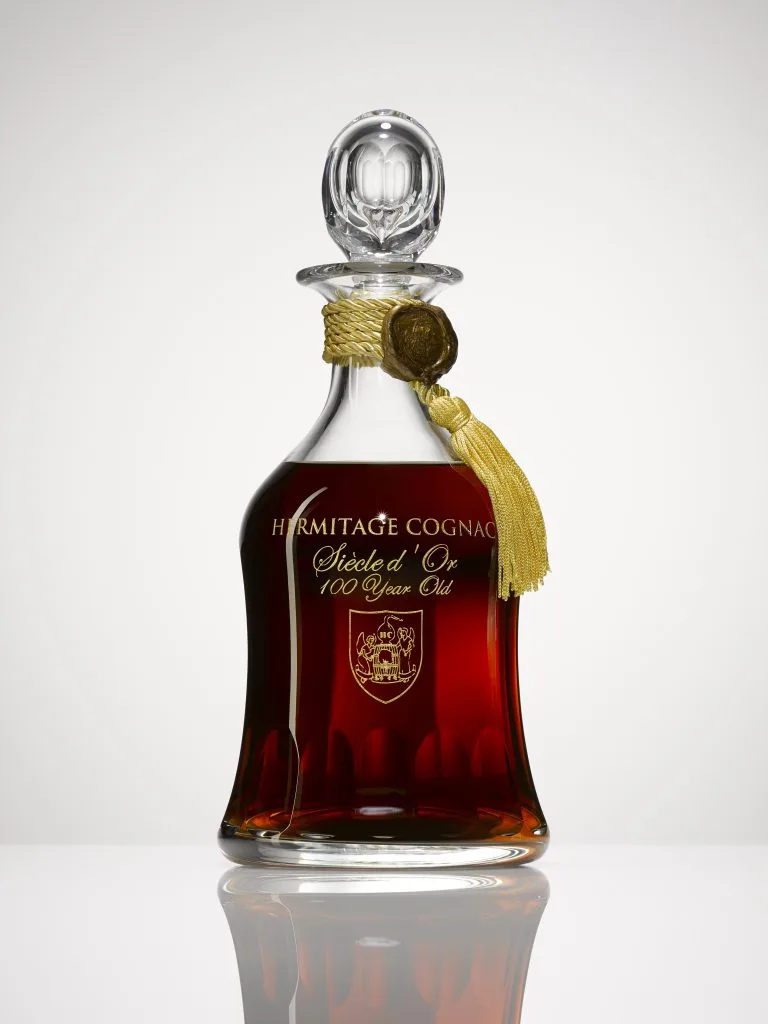If there’s one guiding law IPA devotees are taught at the beginning of their craft beer journey, it’s to drink their hazies fresh.
For many, checking the canned-on dates on the bottom of IPAs is standard practice, and some are quick to pass up an otherwise automatic purchase if it’s more than a few weeks old. But one thing these breweries haven’t defined is what “fresh” really means. Even more ambiguous: They don’t bother touching on when a beer might be “too fresh.”
For anyone who’s managed to score a super-fresh hazy — say one to two days old — the scenario probably played out a bit like this: You crack into the can expecting the best version of that IPA you’ve ever had, but instead, it tastes almost acidic with a harsh, vegetal hop flavor. All of those dank, tropical fruit notes you were hoping for just aren’t there.
If this has ever happened to you, we send our condolences. You’ve fallen victim to an IPA that was simply too fresh. But what does “too fresh” really mean, and at what point do hop flavors harmonize and evolve into optimal “fresh” territory? We sat down with Sam Richardson, co-founder and brewmaster of Brooklyn’s Other Half Brewing Company, to find out.
When It’s Too Soon
An IPA actually isn’t going to be at its absolute best right off the canning line. “I liken it to pasta sauce,” Richardson says. “When you make pasta sauce and eat it right away, it’s fine.







